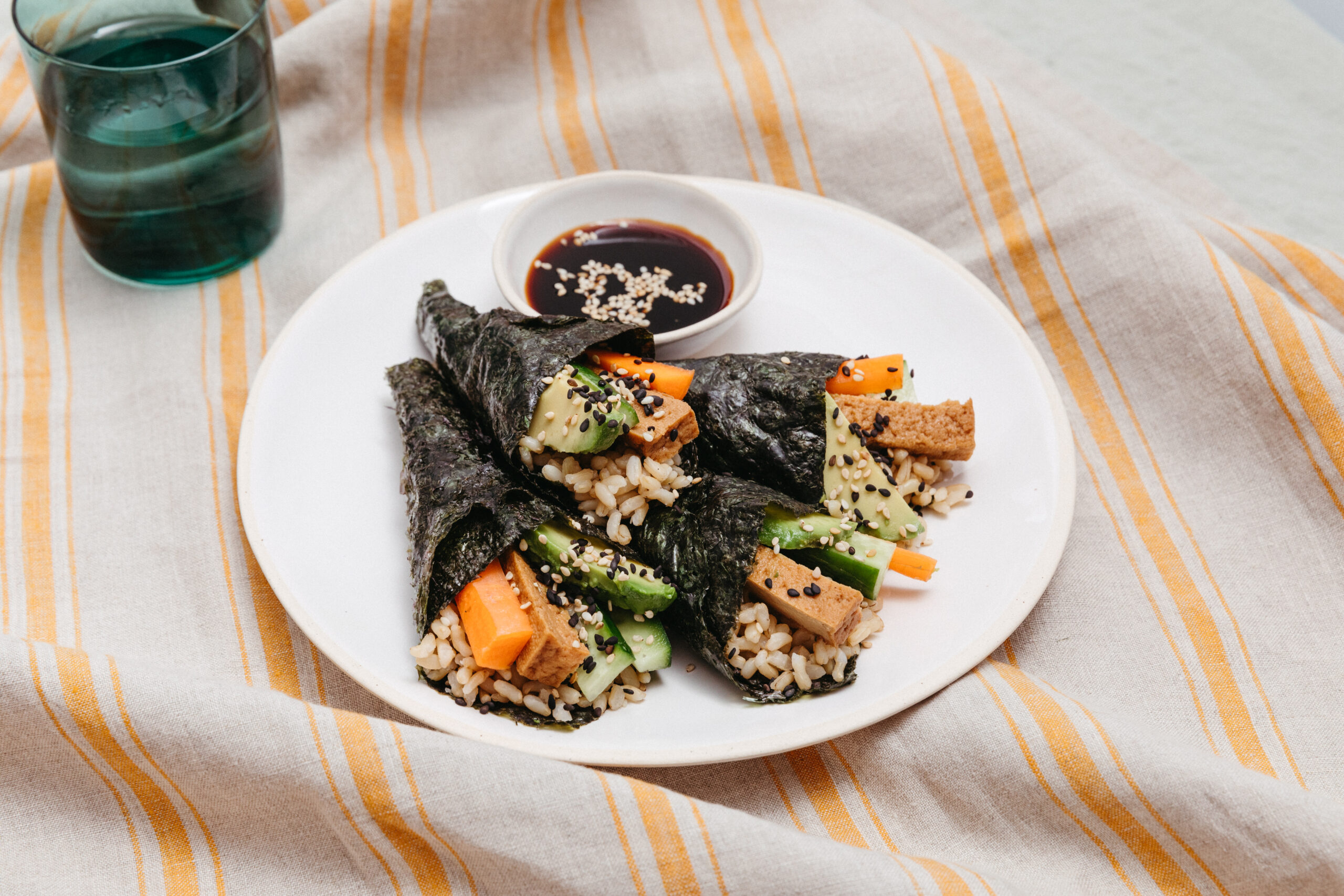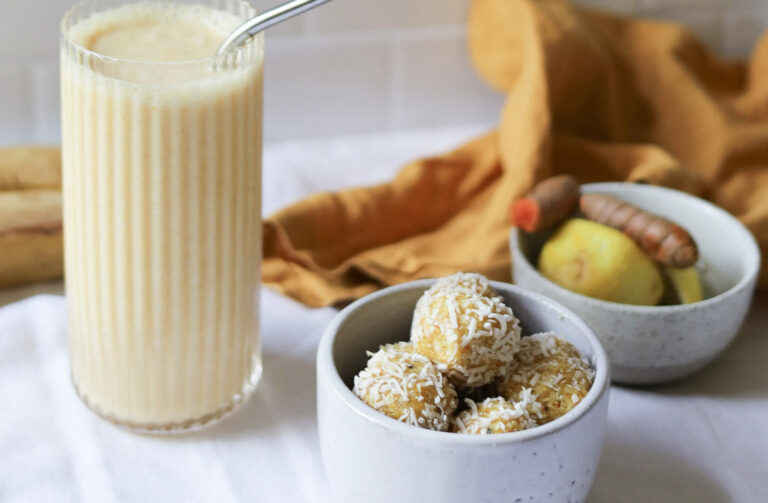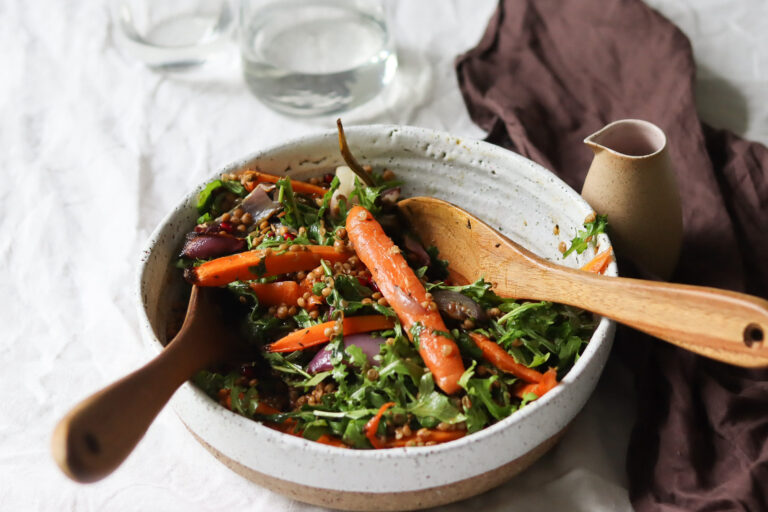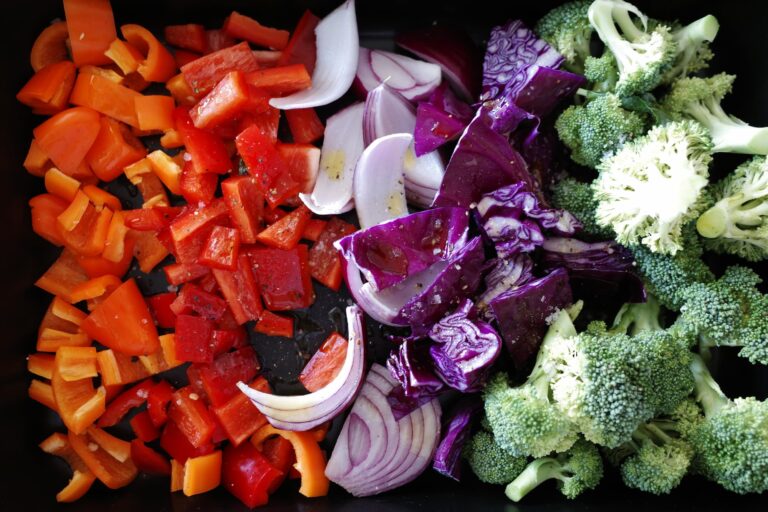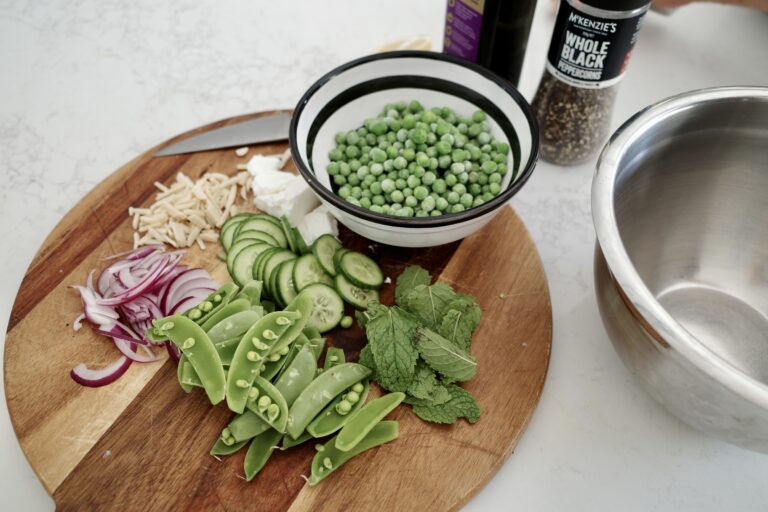Pregnancy is such a special time in a woman’s life. The food we eat while pregnant affects not only our own health and wellbeing, but the health of our developing bub. As mothers, we want the very best for our little ones and preparing delicious and nutritious food not only provides nourishment but can also help us feel more connected to our growing baby.
Discover our 28-Day Bump & Glow Pregnancy Safe Meal Plan.
Read on to discover the key nutrients we need to focus on during pregnancy, and how to include these on your plate.
Even when choosing nutritious foods, it can sometimes be difficult to obtain all we need from our diet alone, especially during periods of morning sickness when there is less desire to eat healthy food. Therefore, we recommend talking to your doctor or health professional about a pregnancy multivitamin to specifically help you meet the nutrient demands of pregnancy.
We acknowledge that the advice around what you should or shouldn’t be eating while pregnant can feel very overwhelming, so we have broken down the information below into sections that focus on individual nutrients and have linked recipes to inspire your meal times. At Fluidform we believe that nutrition shouldn’t be complicated, but instead should be simple and allow you (and your little one) to feel and become your very best.
When it comes to pregnancy nutrition, we need to not neglect the basics, which means building out our plate with an abundance of non-starchy vegetables, protein, healthy fats and complex carbohydrates. Focusing first on a balance of these macronutrients (protein, carbs and fats) will provide us with the sustained energy we need to get through 40 weeks of growing a mini human!
PROTEIN
During pregnancy, having adequate protein in your diet is essential to support the rapid growth and development taking place. Protein also helps us to feel satiated. When choosing protein, whether you are plant based or eat meat, it’s important to choose quality over quantity. Opt for grass fed organic meat, pasture-raised eggs, organic chicken, wild caught fish, organic non-GMO tempeh and tofu, organic or biodynamic dairy products, pregnancy safe protein powders such as Nutraorganics Thriving Protein, quality collagen and gelatin products, nuts and seeds.
You should be including protein-containing foods in each of your main meals and snacks where possible. An adequate serve of protein is approximately 20-30g. Some examples of this include:
- 1 palm size piece wild caught fish, pasture raised chicken, or grass fed beef/lamb (120-150g raw weight of animal protein)
- 1 small can wild caught tuna, salmon or sardines
- 3 free range eggs OR 2 eggs + 50g bacon OR 2 eggs + 30g cheese
- 30g pregnancy safe protein powder
- 120g fermented tofu or tempeh (organic & non-GMO)
- 1 cup lentils, legumes and/or chickpeas
- 3 tablespoons hemp seeds + ½ cup lentils, legumes and/or chickpeas
Many of the recipes found on our website include protein sources, for example our smoothies have either protein powder or collagen added, such as our Green Protein Smoothie. A few more of our favourite protein rich recipes for pregnancy, which also include iron and omega-3 fatty acids are:
IRON
Iron is required to manufacture red blood cells to carry oxygen around the body. During pregnancy, iron requirements jump to 27 milligrams per day. The increased requirement for iron is primarily to supply the growing fetus and placenta and to increase the maternal red cell mass. To avoid the fatigue and overwhelming tiredness caused by low iron or iron deficiency anemia, you need to be strategic about regularly incorporating iron rich foods into your diet. Iron from food comes in two forms, heme and non-heme. Heme is found principally in animal products and non-heme is found in plant based sources. Below is a list of iron rich food sources that features in many of our recipes:
- Meat (beef, lamb, pork, liver)
- Chicken
- Fish
- Eggs
- Legumes
- Tofu/tempeh
- Nuts & seeds
- Wholegrains (oats, quinoa)
- Green leafy vegetables
- Dried fruits such as apricots
Pairing vitamin C-rich foods such as tomatoes, capsicum and citrus fruits with iron containing foods can help to boost the absorption of iron in the body. It’s important to note that phytates in whole-grains, calcium in milk and tannins in tea and coffee can inhibit the absorption of iron. Make sure you prepare your grains well (you can do this by soaking them in 1 tablespoon of apple cider vinegar and water overnight and rinsing well before cooking) and keep your caffeine and dairy containing products one hour away from any iron rich foods. Why not try these recipes for a hit of iron:
CALCIUM
Calcium is an important mineral that helps to form healthy bones and teeth. Interestingly, a woman’s body becomes more efficient in absorbing calcium during pregnancy, therefore the recommendation stays the same at 1000 milligrams per day. Rich sources of calcium include dairy foods, fish with edible bones (canned wild caught salmon and sardines in pure olive oil), tofu, tempeh, tahini and dark greens such as spinach and broccoli. Our Quinoa Tabouli Bowl with Seared Feta and Lemon Tahini Dressing is rich in not only calcium but protein and iron. If you’re plant based, we recommend trying our Sticky Sesame Ginger Tempeh rich in calcium from the sesame and tempeh or the Charred Roasted Broccoli and Haloumi, also rich in folate.
VITAMIN D
Similar to Calcium, vitamin D is important for the development of your baby’s teeth and bones. Getting your levels tested prior to pregnancy and monitoring throughout will help you understand your requirements and whether or not you need to supplement – your doctor or health professional can guide you on this. Vitamin D can be produced by the body in sufficient quantities when skin is exposed to the sun. If you’re pregnant in the Summer, it may be easier to ensure you get safe sun exposure daily, compared to Winter. Where possible, prioritise exposure of 10-15 minutes of natural sunlight per day on your belly and thighs without sun cream between the hours of 10am and 3pm. However, if you live in a cloudy or cold climate where it’s difficult to get regular exposure, you need to be proactive in your methods of obtaining vitamin D, and this is where food sources can be very powerful.
Few foods in the Western diet are good sources of vitamin D, however the best naturally occurring dietary sources are oily fish, cod liver oil (also rich in omega-3 & vitamin A), egg yolks and UV-exposed mushrooms. A handy tip is to expose mushrooms in the sun between the hours of 10am and 3pm for 30-60 minutes before cooking/consuming for a rich source of vitamin D. Try soaking your mushrooms and then cooking our Fried Eggs with Garlic Greens & Mushrooms. If you can stomach sardines, boost your levels with our Sardine Avocado Spread on Sourdough.
OMEGA-3 FATS
Fats in general, but especially adequate consumption of omega-3 fatty acids, are crucial for the building blocks of fetal brain and retina development. Omega-3 fatty acids may also play a role in determining the length of gestation and help in preventing perinatal depression. Essential fatty acids are lipids that cannot be synthesised within the body and must be ingested through the diet. To optimise fetal health, guidelines recommend that pregnant women consume at least 200mg of DHA per day, this can be achieved by consuming 1-2 serves of low mercury seafood per week, for example: prawns, salmon, tuna, scallops and sardines. Other sources of omega-3 include cod liver oil, walnuts, chia seeds and linseeds. We love including chia seeds in both sweet and savoury dishes, they are so versatile! Try our Mint Pea Spinach and Chia Fritters or the Chia Pudding with Seasonal Fruit. For a boost of omega-3 from oil fish, we love our Moroccan Salmon Salad.
FOLATE
Folate is the natural form of vitamin B9 found in foods, while folic acid (or activated folates: folinic acid and methylfolate) are the synthetic forms found in supplements. The recommended daily intake of folate in pregnancy is 600 micrograms per day. This nutrient is important for DNA synthesis and helping to build your baby’s cells, it can also help reduce the risk of neural tube defects. Folate is found in foods such as leafy green vegetables including brussels sprouts, watercress, parsley and broccoli, avocado, beans, legumes, eggs, peanuts, liver and seafood.
As mentioned, it can be difficult to get enough folate from food sources alone, so it is recommended to take a supplement of ~500 micrograms each day when planning your pregnancy and for at least the first three months of pregnancy. Depending on genetic mutations, it is best to speak with your healthcare provider on the best type of prenatal for you.
Here are two tasty ways to include folate rich foods in your diet:
IODINE
Iodine is an essential nutrient used in the body to produce thyroid hormones. During pregnancy, thyroid activity and therefore iodine requirements are increased. Pregnant women require 220 micrograms per day. Sufficient maternal thyroid hormone is essential for your baby’s brain development. Naturally occurring sources of iodine include seaweed, kelp (or seaweed salt), dulse flakes, salmon, eggs & dairy products. To make sure you are obtaining adequate iodine you can include fish at one to two serves per week, consume moderate amounts of seaweed or kelp products or take a multivitamin that contains at least 150 micrograms of iodine. Here are some easy ways to include iodine rich food sources to help boost your iodine levels in pregnancy:
We hope that this information empowers your pregnancy journey and helps guide your food choices through one of the most special times in your life.
By Thea Doyle – GDipHumNutr.
Thea is the founder of EatByDesign & Holistic Nutritionist at The Natural Nutritionist.
References
Cardwell, G, Bornman, F, James, A & Black, L 2018, ‘A Review of Mushrooms as a Potential Source of Dietary Vitamin D’, Nutrients, vol. 10, no. 10, DOI: 10.3390/nu10101498.
Coletta, J, Bell, S, Roman, A 2010, ‘Omega-3 Fatty Acids and Pregnancy’, Rev Obstet Gynecol, vol. 3, no. 4, pp.163-171, viewed 18 June 2022, <https://www.ncbi.nlm.nih.gov/pmc/articles/PMC3046737/>
National Health and Medical Research Council 2019, Nutrients, National Health and Medical Research Council, viewed 18 June 2022, <https://www.nrv.gov.au/nutrients>
The Royal Women’s Hospital 2022, Food & nutrition in pregnancy, The Royal Women’s Hospital Victoria Australia, viewed 18 June 2022, <https://www.thewomens.org.au/health-information/pregnancy-and-birth/a-healthy-pregnancy/food-nutrition-in-pregnancy>
